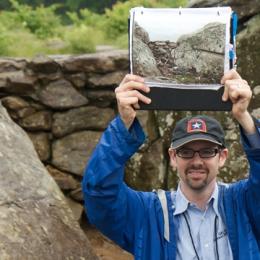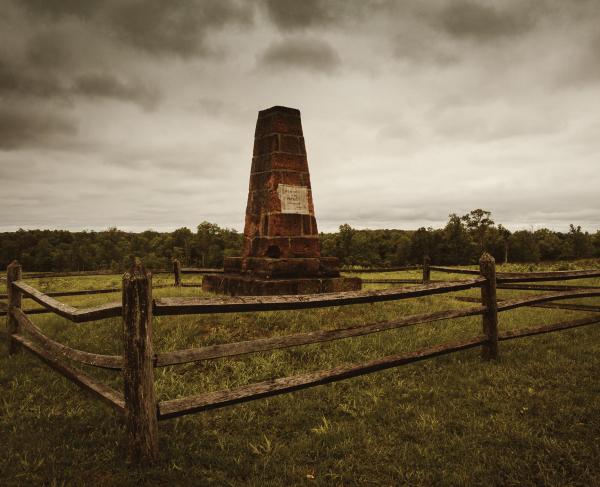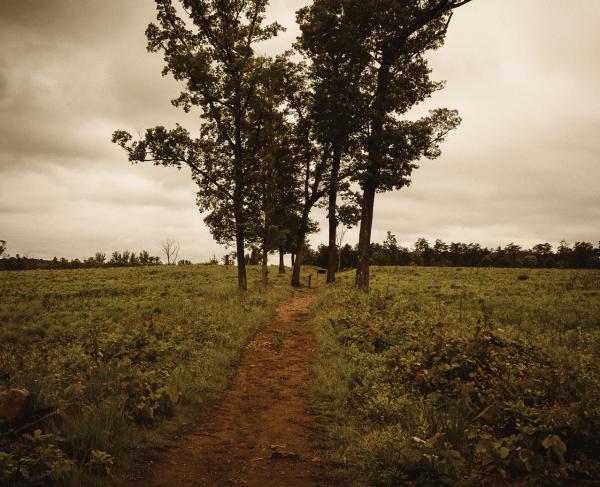The Deep Cut's Missing Piece
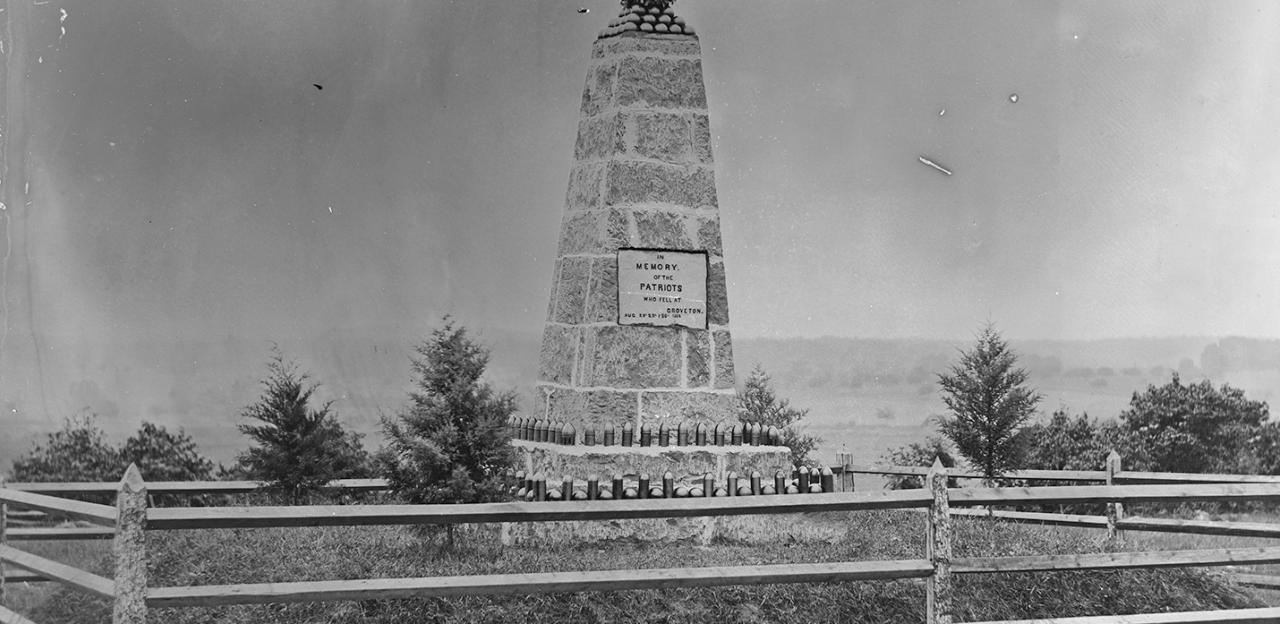
In July 2011 the Civil War Trust embarked upon a project to preserve 44 acres near the Deep Cut on land known as the Dogan farm. Luckily, the only known 1860s photograph taken on the Second Manassas Battlefield happens to show the land the Trust is trying to save. Preservation, along with historic maps, soldier accounts and historic imagery, will facilitate restoration of the land over which so many American soldiers struggled.
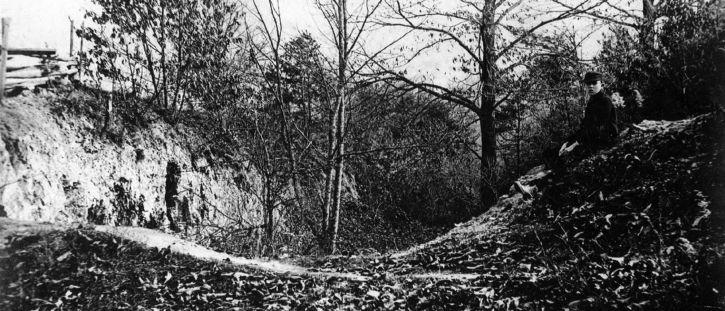
On August 28, 1862, General Stonewall Jackson positioned his troops along the unfinished Independent Line of the Manassas Gap Railroad. For the next two days, Union General Pope's forces assaulted Jackson at the railroad bed. These generally uncoordinated attacks penetrated Jackson's line, but the Confederates pushed each of them back with heavy casualties. The Southerners held firm but were strained to the breaking point - some defenders were reduced to throwing rocks for want of ammunition. The railroad line was never completed and the scene of these fierce struggles is now part of the Manassas National Battlefield. This 1880s photo is the earliest known to show the Deep Cut itself.
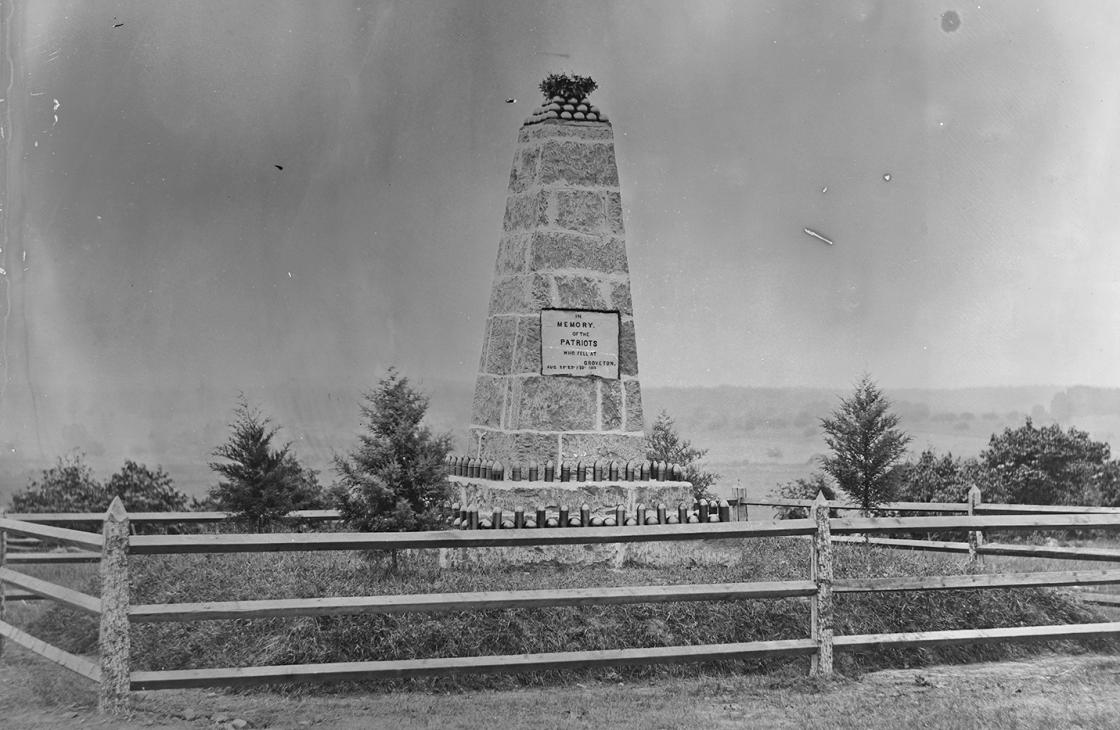
In June 1865, Alexander Gardner's photographic crew covered the dedication of two monuments at Bull Run - one on Henry Hill and one at the Deep Cut, known as the Groveton Monument. The telltale stacked cannonballs atop the latter (versus an artillery shell atop the Henry Hill monument) illustrate which monument is which. Artillery projectiles, still lying plentifully near the Deep Cut in 1865, were placed on the memorial for its dedication. This is the only known 1860s photograph taken on the Second Manassas Battlefield.
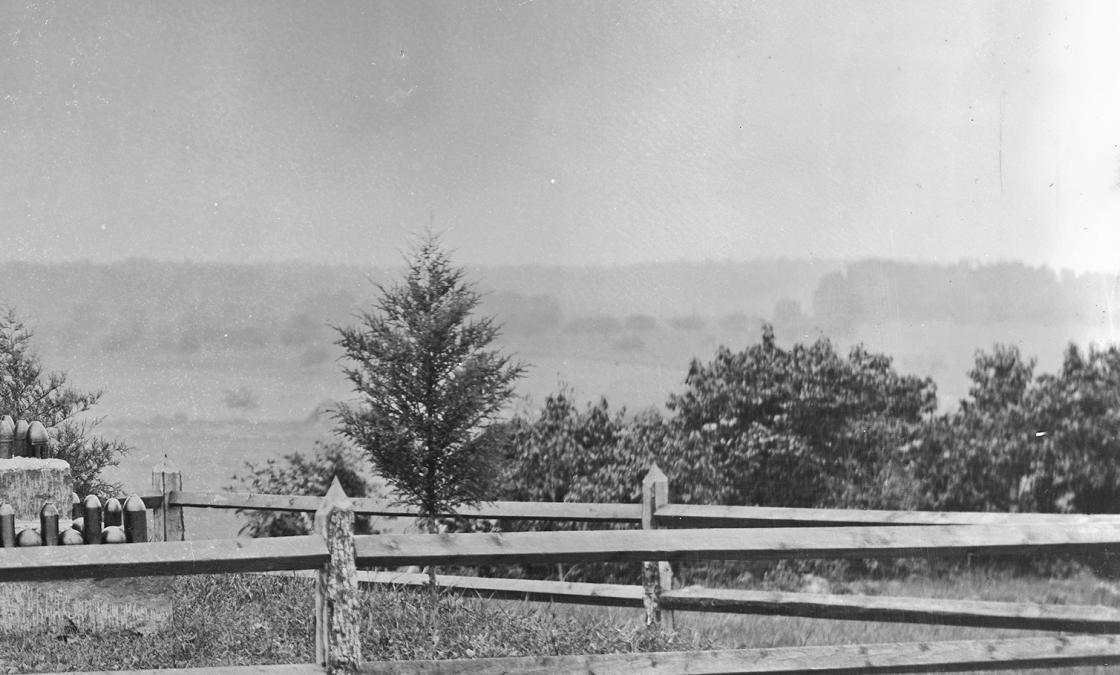
Here, we are zooming in on the right background of Gardner's photograph toward land the Trust is working to preserve. On August 28, 1862, in the opening actions of the Battle of Second Manassas, Union right flank units and those on the Confederate left flank struggled over this ground in the Battle of Brawner's Farm. The Warrenton Turnpike runs across the ground in the distance. On August 30, Confederate General James Longstreet's troops advanced from right to left in one of the most powerful assaults of the Civil War.
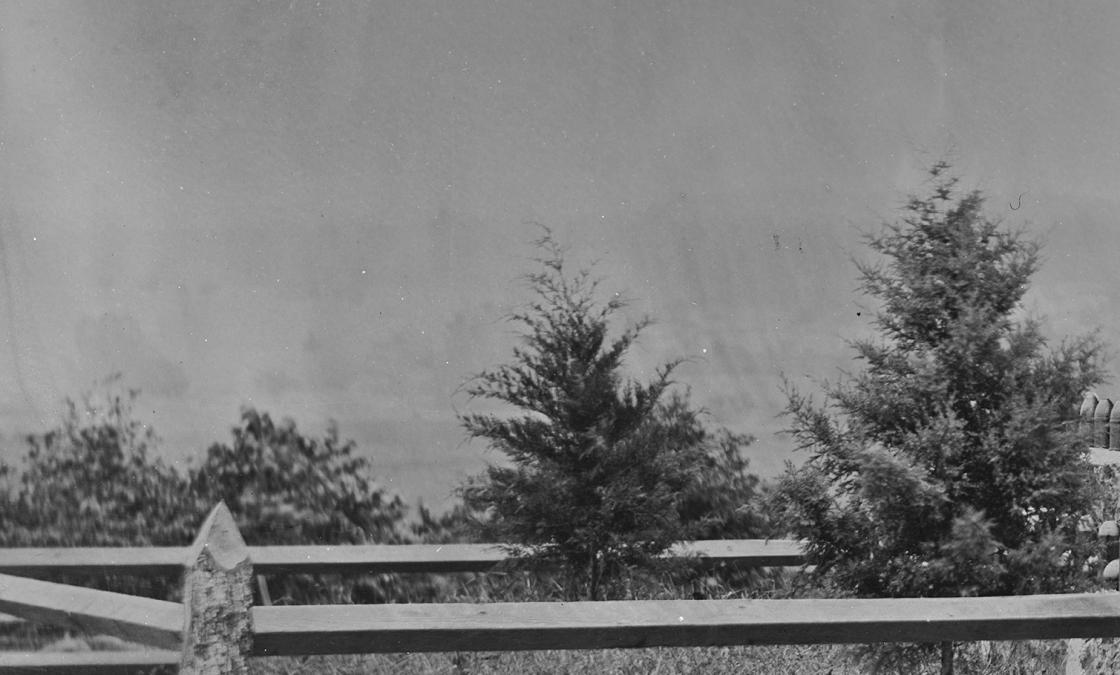
In this left detail we see the ground over which Union General Fitz-John Porter's troops advanced toward the camera position. Pinned down right near the Deep Cut, they were ultimately forced to retreat. As Porter's men fell back, they fell in droves under Confederate artillery and small arms fire. The Trust's target land constitutes much of the ground in the middle distance.
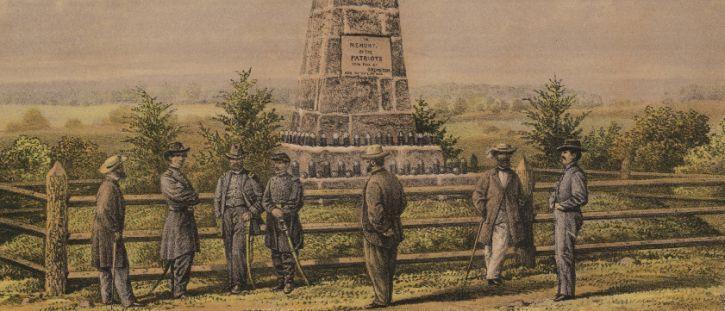
Following the May 1865 Grand Review in Washington, with patriotic sentiment running high, the Union Army approved plans for two memorials "in honor of the Patriots" who fell on the battlefields at Manassas. Both memorials were completed on June 10, 1865, and were consecrated the following afternoon. Generals and dignitaries were in abundance at the ceremonies shown here. General William Gamble, whose soldiers constructed the monument, stands third from left. This image was purportedly created from a lost Alexander Gardner photograph.
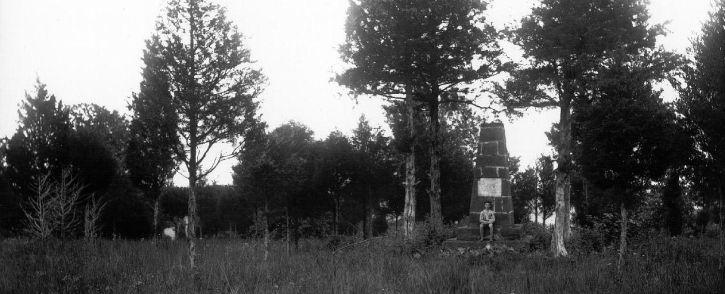
The Manassas battlefield memorials were built quickly and could not stand the test of time without preservation and maintenance. This was especially true for the isolated and rarely visited Groveton monument. As the small cedar trees planted around the memorial upon its completion, as well as scores of other trees, grew to maturity, the monument's mortar crumbled, its weight shifted, and its red sandstone blocks deteriorated. Happily, the National Park Service has restored the memorial as well as the area around it.
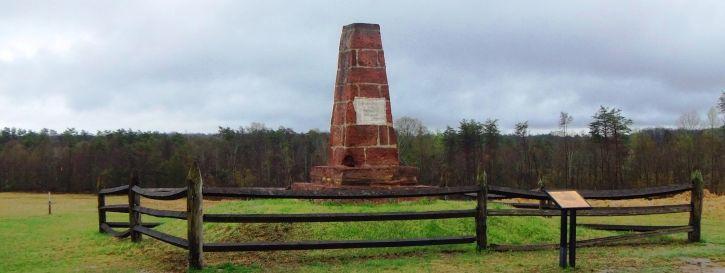
This photo, taken from the same location as Alexander Gardner's, shows how the woods obscure the 1865 viewshed. If the Civil War Trust is able to preserve this ground, the landscape will be largely restored to its 1862 appearance and visitors will better understand the struggle over these fateful fields.
Related Battles
14,462
7,387
